Line25 is reader supported. At no cost to you a commission from sponsors may be earned when a purchase is made via links on the site. Learn more
Websites are not just an additional feature to have for a brand anymore. It is an important puzzle piece in defining a brand’s presence and identity. Previously, just having a website was enough to get an edge over the competitors. Not all companies could afford or knew about websites. Today, there are thousands of websites going live each day. The competition is immense, and making a website has become accessible to almost everyone. For this reason, if you want to stand out from the crowd, you need to have a functional and SEO-friendly website. SEO (search engine optimization) allows websites to rank better on popular search engines like Google, Yahoo, Bing, and more.
A critical aspect of good SEO is improving the UX – User Experience. User experience is defined as the experience and journey of a visitor who visits your site, where UX is directly responsible for their choices to interact with your services or not or how engaging the website is. Website builders that focus on improving user engagement have higher conversion rates too. UX and SEO work together to provide the best information and experience to the visitors. SEO practices help drive traffic to your website, and UX helps to get that traffic to convert. Here are some UX tips that will improve your website’s SEO:
1. Improve Mobile – Friendliness:
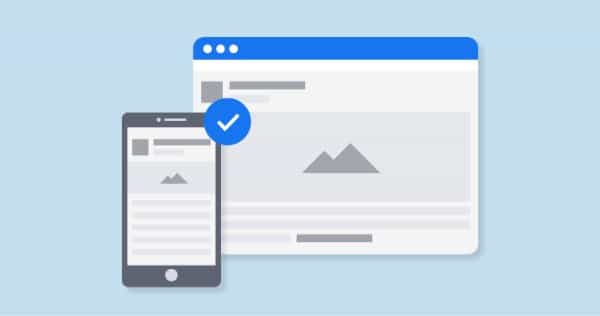
It is not the latest news that people browse the internet more through their smartphones these days and significantly lesser than their desktops. Smartphones and tablets are accessible technologies that help people stay on the internet for a longer time and at their convenience. Hence, your website needs to adapt to these different devices for providing a consistently positive experience to your visitors, unconditional of the device they use to access your site.
Browsing websites through mobile doesn’t necessarily have the same feel as browsing using a desktop. Screens are more compact, and the users are looking at the information while on the go. Hence you need to create a website that is mobile-friendly and loads instantly.
2. Make use of CTAs:
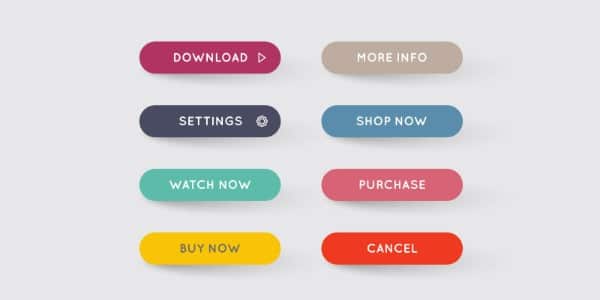
For keeping your audience on your page for a longer time, you should place CTAs on your website. These buttons provide a chance of interaction for the visitor. This creates engagement and holds the visitor’s attention span for a longer by providing them with a better experience. CTAs also work as navigation cues that take visitors from the first step to the next and so forth.
Supposedly a visitor comes to your site and reads the information presented to him/her. They like what they read and are interested, but don’t know how to take the next step. When you strategically place your CTA at the right place for their eyes to follow, they’ll read ‘Learn More’ or ‘SignUp’ and go to the next page. This would help reduce the site’s bounce rate, which will help improve the website’s SEO.
3. Incorporate SEO-Friendly designs:

For UX and SEO to co-exist, you should first focus on design. You need to make a website that balances good design and is optimized for SEO at the same time. For this, you need to make your site easy for search engines to crawl. Search engines need to crawl your website to index your information. If they fail to do so, your website will not come up in relevant searches when potential customers search for services and products you have to offer.
One way to make it easier for search engines to crawl your website is to add title tags to your content. This would help the crawlers to gain context for your web pages and your overall website. Another important aspect of including SEO-friendly design elements is through adding navigation. Navigation works as a functional and self-explanatory tool that makes it easy for search engines to crawl through and index your website.
4. Focus on creating quality content:
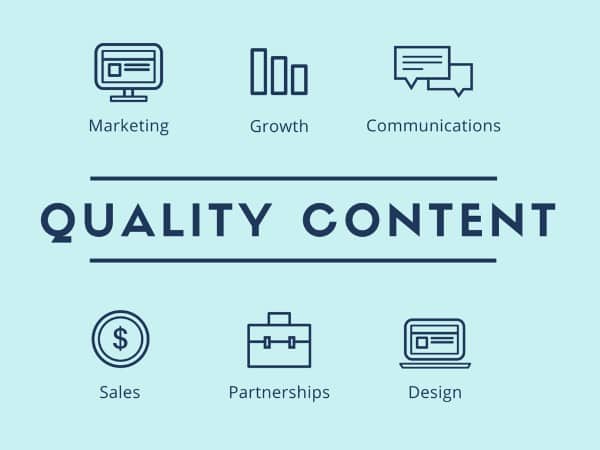
Content is what your website is for. Content helps communicate your brand ideologies and services to the visitors. The brand that does a better job at it convinces the audience better than others and helps search engines think of them as the most credible source of information at the same time. Creating content comes with various format options. You can do blogs, videos, ebooks, or even infographics. It’s advisable to use various content formats on your site to allow various content styles that help your audience stay engaged for a longer time. Content is beneficial for a site’s SEO campaign as it drives more traffic to the site.
When people search for information about a topic in your niche, and your blog/video/post gets ranked on the first page of search engines, they would interact with it. When they click on it, they would absorb the information from your website and learn more about the topic. After this, they’d trust your website to be credible, and check out more of your website. This helps improvise UX and SEO both.
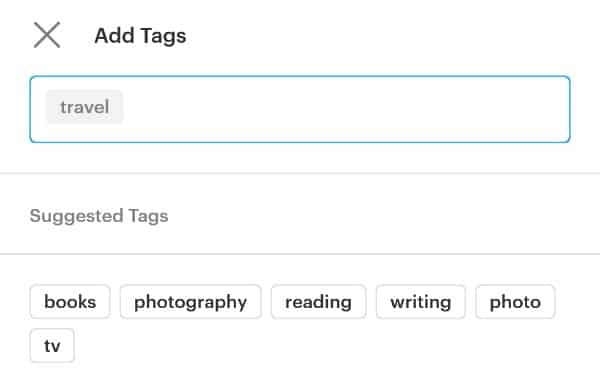
Generally, when you visit a site, and your net is not working at its best performance, the website loads in bits and pieces, especially if you have lazy loading enabled on the site. Here the images can take time to load as the written content and other elements would be given priority to load to provide some information to the visitor to hold their interest. But in place of the images, there would be empty white spaces that can be confusing for the visitor. They won’t know what is supposed to be there until the image loads. And not everyone is patient to wait for your site to load entirely.
Image tags help provide a short detailed description of the image that would load the image in place until the image loads properly. This would allow the readers to understand the context and relevance of the whitespace. Tags also help search engines comprehend your images and how they are relevant to your blog’s text. This leads to better performance on the search results while improving the user experience for the audience at the same time.
6. Improve page speed:
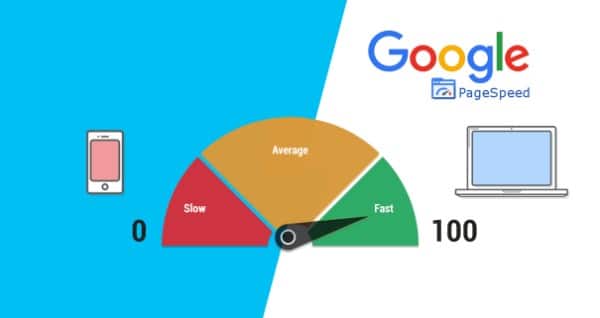
Even if you manage ranking up the search engines and the user clicks on your link to visit your website, there is still one more test before they see the page itself. Page speed is an essential factor to consider. It is important for search engines and also users. If a person would have to wait several seconds for your server to respond, he/she would most likely return to the search engine and click on some other link to find what they’re looking for. You should focus specifically on mobile site loading speed, too, as it recently became a ranking factor for search engines.
7. Display security badges:

Website security plays a crucial role in user experience. It helps the users build trust by having a legitimate assurance of safety. This is more important for eCommerce websites. Users need to enter their bank details and private information that can be very sensitive. If you provide robust site security, you are guaranteeing a better user browsing experience for your visitors. Also, by displaying the security badges, you are reassessing the visitors about your efforts for their safety and helping search engines identify you as a secured website. This automatically would put you ahead of sites with unsecured payment gateways as those can be risky for the users.
8. Make your website architecture simpler:
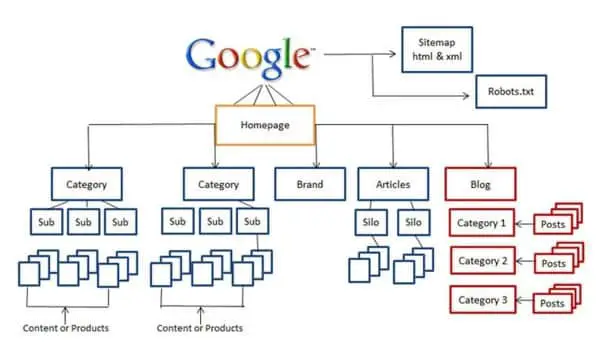
Site architecture is how you arrange the pages on your site. The more comfortable and straightforward your website architecture is, the easier it will be for Google to find and index your pages easily. This will allow the link-juice to be passed from high-to-low authority pages. You need to make sure all the pages are not more than four clicks away from your homepage. This would help users navigate through your website without getting confused too.
9. Prioritize readability for your site’s content:

Website designers need to realize the importance of legibility and clarity of the website and not get carried away with just the aesthetics of a website. Text size, spacing, and quantity of content can affect readability significantly. A visitor needs to understand the web page’s content to engage with the content and make a converting decision. For this, it is your duty as a designer to make the content easy to consume. You also need to understand that different pages require different doses of content. While a blog page is an excellent opportunity for long-form content pieces that push SEO scores, the same approach cannot be taken for a sales-driven page. If you add that much content to a sales page, it will drive people away. Content for the sales page needs to be concise, better presented, and compelling.
10. Focus on writing better meta descriptions:
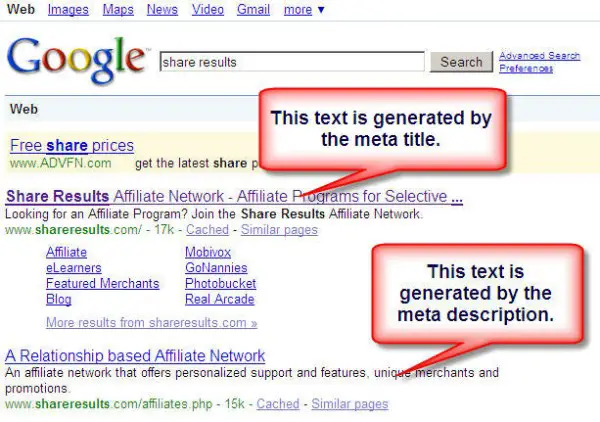
Meta descriptions are essential for SEO. They help the search engine understand the purpose of your site and the meaning of your content. It also helps people browsing through various google links to better understand your website and what it has to offer. Writing a compelling meta description can help improve the click-through rate. If you can convince the user that your link has the exact answer they’re looking for, they will click on your link even if it’s on the third or fourth position on the search rankings’ first page. You should always include a relevant keyword in your meta description. You should also smartly optimize the 300 character limit to create compelling copies for your potential visitors.
11. Optimize the visuals:

SEO affects not just the text but many other elements of a website. The same stands true the other way around. Different kinds of visuals play an essential role in improvising page ranking and hence overall website ranking. This naturally includes having high-quality photos and videos across the website. However, if you prioritize just high- res media, it would add up to the website’s space and affect its load time. This is not healthy for search engine rankings. So it becomes essential to optimize these high-res media files for SEO and find the right balance of quality and size. Similarly, suppose you are launching a new website and have some services you still need to work upon. In that case, it is better to include a ‘Coming Soon’ page on your website rather than adding it entirely only when it’s complete. All the media on your website should reflect the website’s intent and follow some synergy between them.

Social media sharing options are almost a requirement for most sites these days. Giving your audience the ease to share content on their social media platforms encourages more engagement. It increases the scope of referral traffic coming back to your site. Make sure to fit social media buttons on all relevant pages of your site and place them in a way that they look like a part of your website.
13. Reduce the JavaScript burden:

Overusing JavaScript on all pages of your website affects its chances of ranking higher on search engines. When you make your website live, the crawlers go through your indexed content deep and scans for indexing in the SERP list. If you have loads of JavaScript, it can cause crawling issues because of which the indexing procedure can fail. Hence keeping the web pages simple and reducing the load of JavaScript would help you see a quicker improvement in your search rankings.
These are the13 UX tips that will improve your website’s SEO. Make sure to incorporate these suggestions in your website design. They would help you rank better on search engines and make your website more accessible and approachable for visitors to feel comfortable. They would enjoy their time browsing through your site and find relevant information without any hesitation and hindrances. If you provide an excellent user experience to first-time visitors and match their user intent, they would keep coming back. Hence, you would have a steady flow of traffic to your website.
